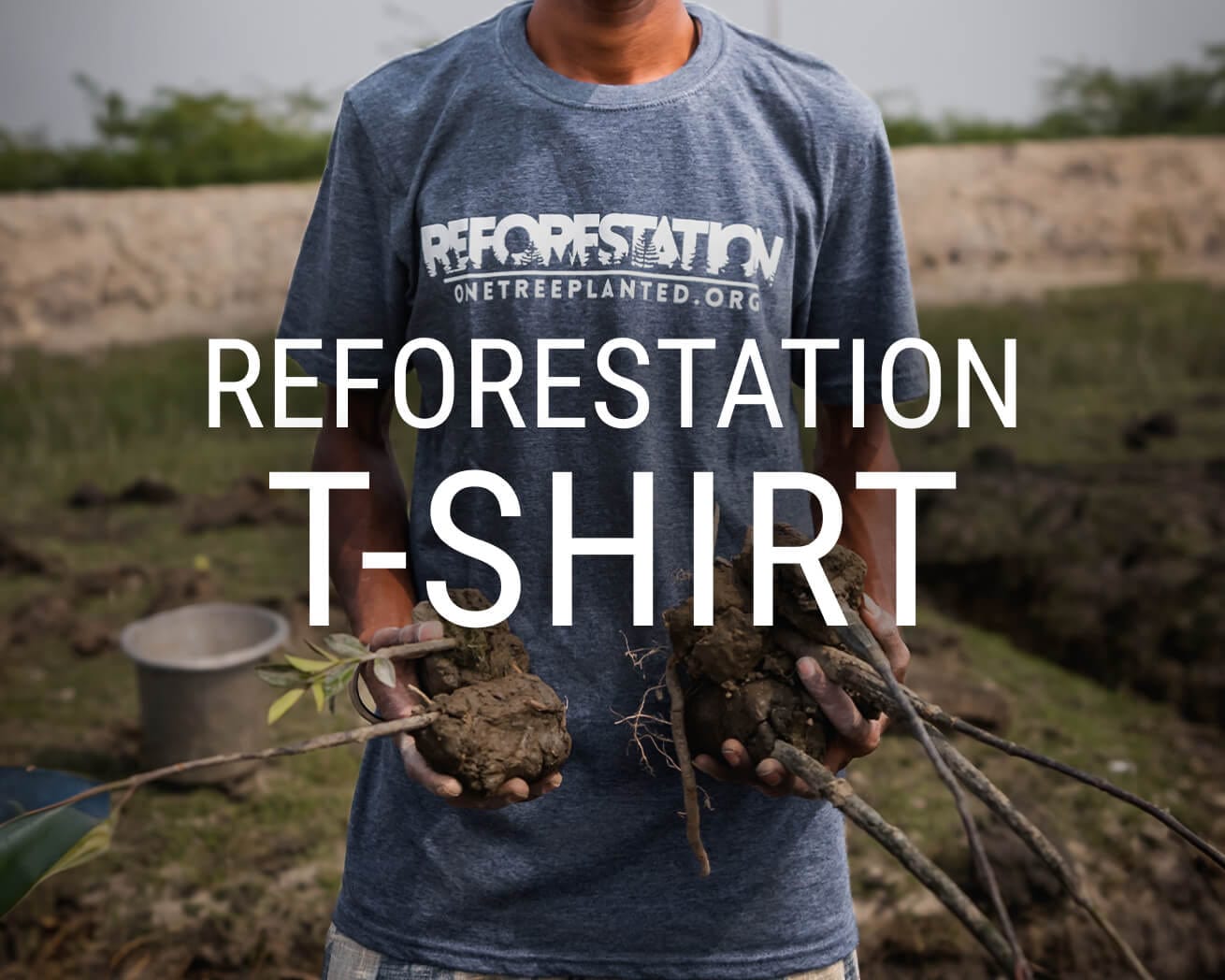Making an impact with:





Plant Trees

The Gift that Keeps on Giving
This Mother's Day, gift mom something everlasting: trees planted in her name in a beautiful Monarch Forest.
plant tREEs
We work with amazing reforestation partners around the world that need your support to help get trees in the ground.
Learn more about our partnerships





























